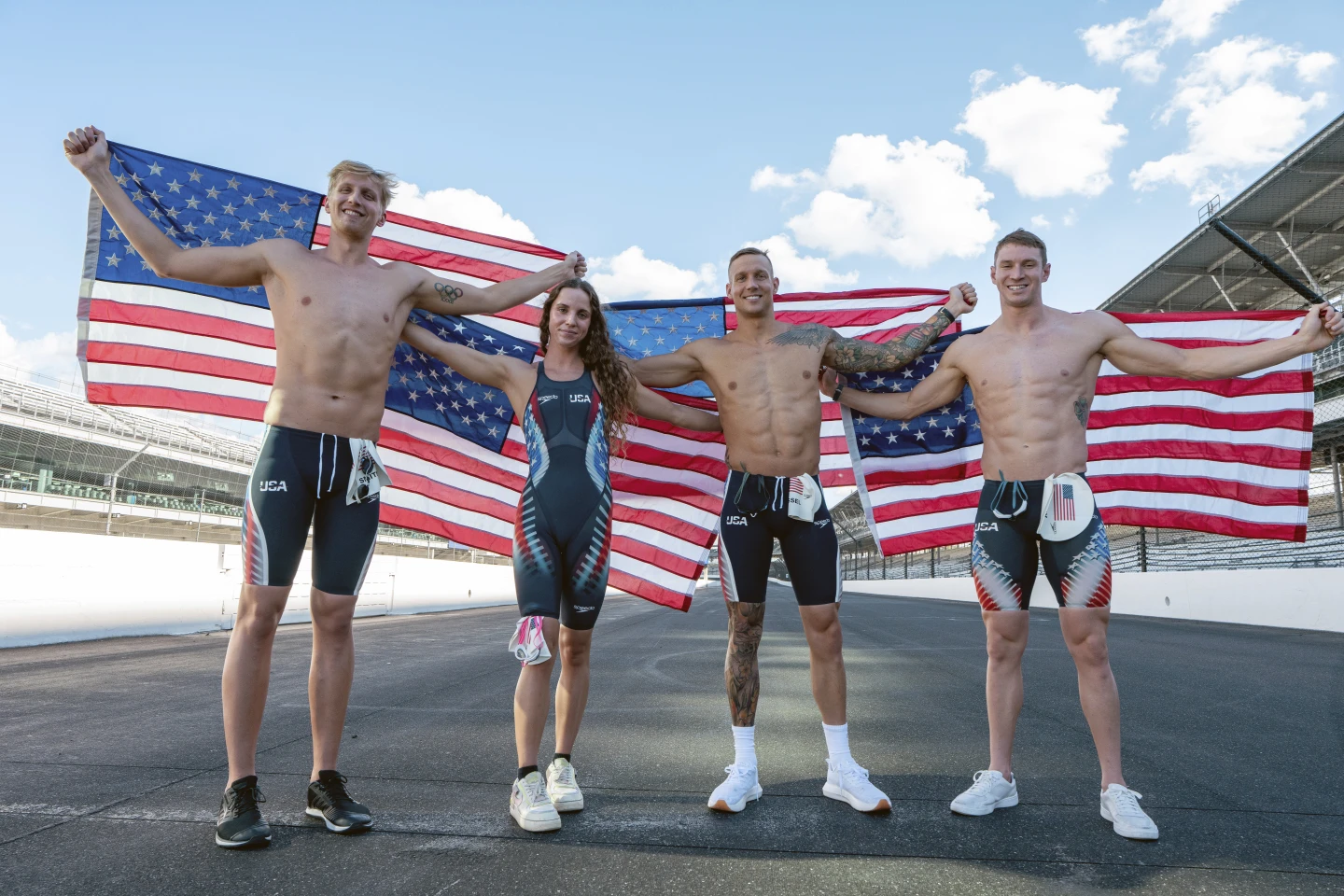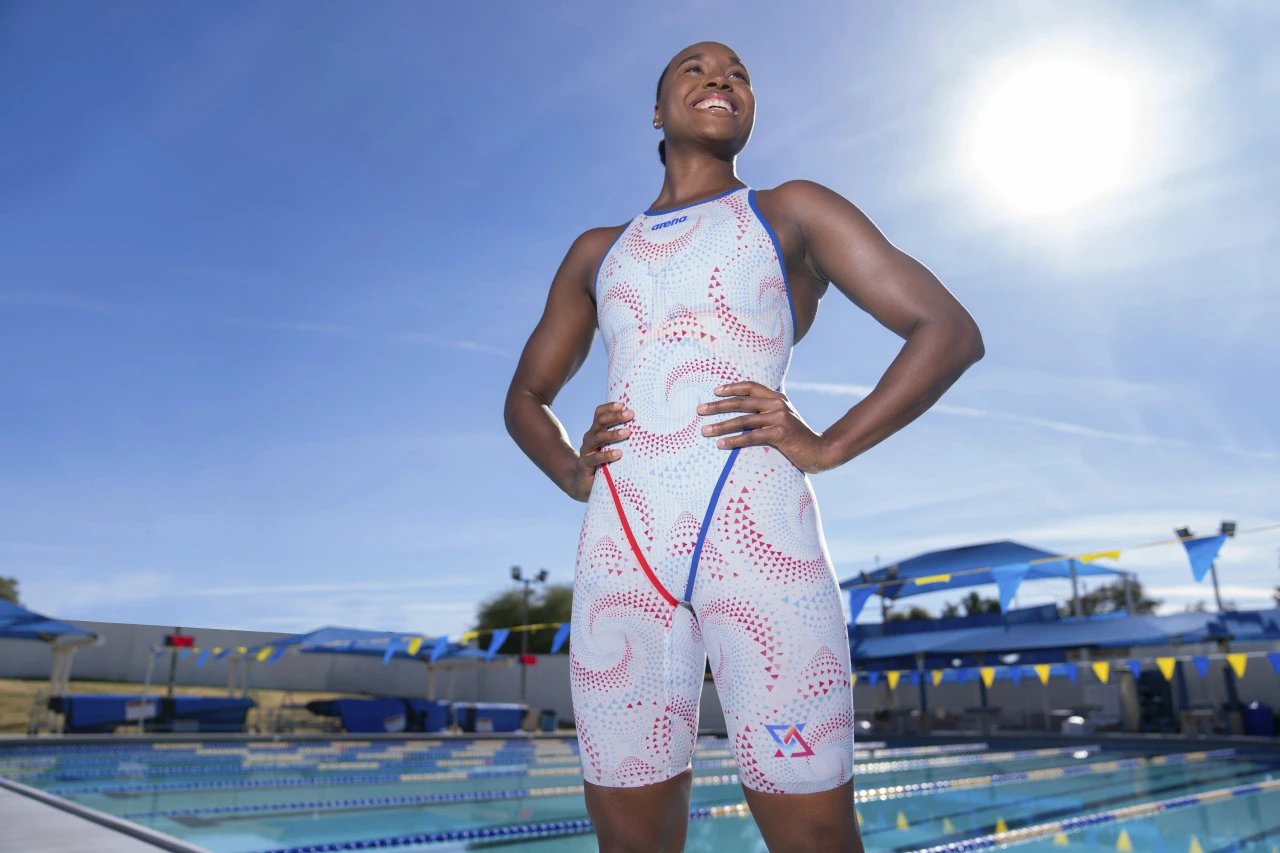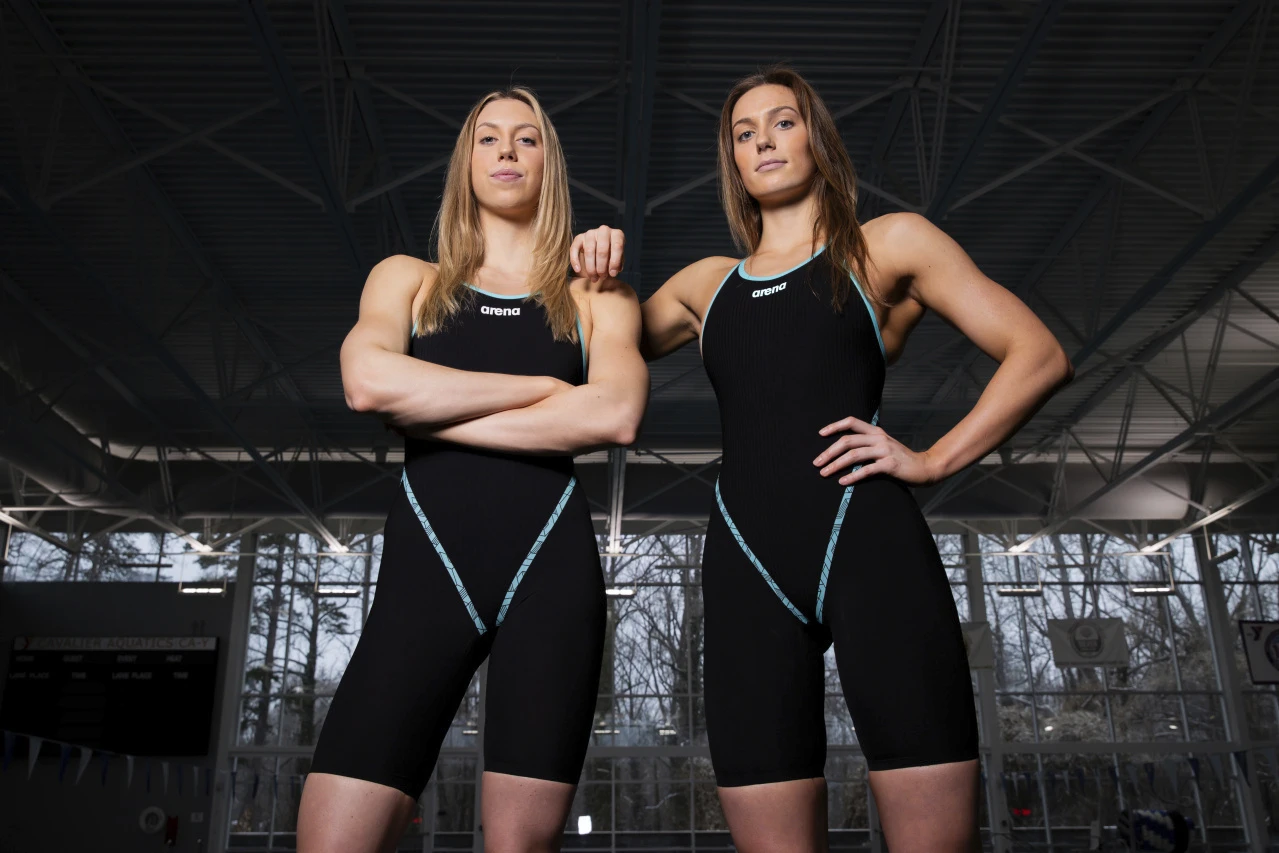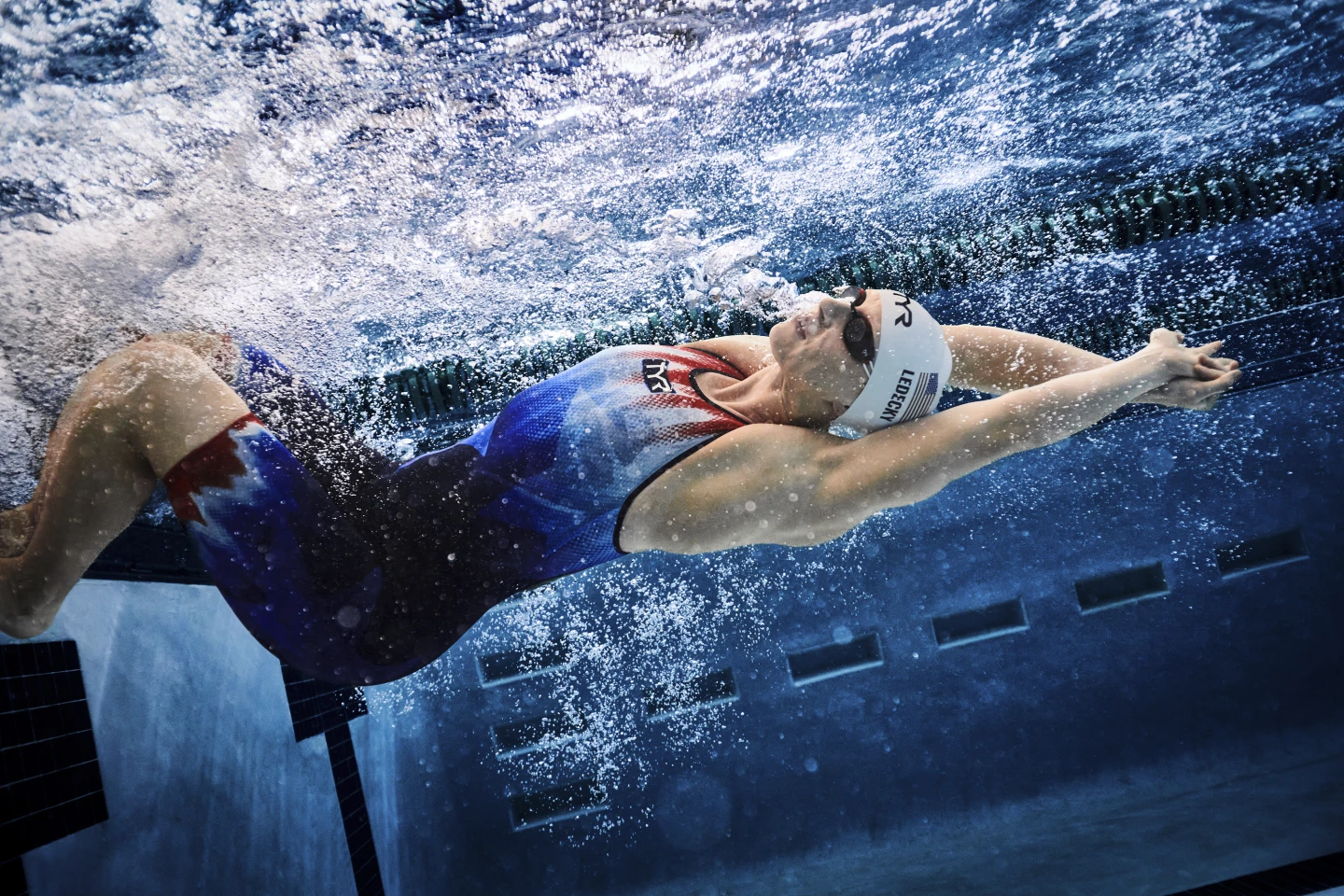The iconic LZR Racer, worn by Michael Phelps during his historic eight gold medal wins at the Beijing Olympics, continues to hold a special place at Speedo’s design center.
“It was truly a golden era in many ways,” remarked Coora Lavezzo, head of innovation at Speedo’s Aqualab in London. “We have those suits upstairs, and even though I wasn’t there at the time, I’m fascinated by them and how we can recapture some of that former greatness.”
However, today’s rules pose significant challenges for swimsuit designers. Fifteen years ago, a craze for rubberized suits led to 43 world records being set in Rome, prompting the international governing body, now called World Aquatics, to swiftly impose strict new regulations.
These rules mandate textile fabrics and restrict body coverage for men from the hips to just above the knees, and for women, attire must not extend beyond the shoulders or cover the neck.
For coaches like Bob Bowman, who guided Phelps throughout his career and witnessed the record-breaking spree in Rome, the current rules are appropriate. “Everyone is competing on a fair basis,” he commented. “World records are still being broken in these suits. The sport continues to progress.”

However, major swimwear brands such as Speedo, TYR, and Arena advocate for more lenient guidelines. These companies invest millions in the sport and seek the freedom to develop innovative designs that could lead to significant performance improvements.
But under current regulations, their scope for innovation is limited, and advancements in speed come in small increments. While swimsuits remain crucial for swimmers’ performance, their impact is far less dramatic compared to the era of rubberized suits.
“I think a lot of our sport is just mental,” remarked U.S. Olympian Hunter Armstrong. “It’s all about feeling comfortable in the water.” Manufacturers are eager to do more.
“When there was criticism after those world championships in Rome, (World Aquatics) panicked and rushed to create rules,” explained Greg Steyger, head of innovation and design at Italian-based arena. “Unfortunately, those rules were rushed and may not have been the best. But they’ve stuck with them, defended them, and done everything to maintain them.”
Rachel Ripley, director of merchandising at TYR, stated her company consistently pushes for loosening the restrictions.
“For 15 years, things have stayed mostly the same,” she noted. “There hasn’t been much effort to change things. It’s a topic we’re always discussing, but changing it requires more than just the manufacturers.”
Despite these rules, swimsuit makers claim they still create innovative designs that can significantly impact a sport where races are often decided by tiny margins.

Speedo, for instance, developed the new Fastskin LZR Intent and LZR Valor suits in partnership with Lamoral, a company known for coatings that protect satellites in space.
TYR’s Venzo suit uses frictionless yarn originally developed for military applications, particularly in socks worn by infantry soldiers.
arena’s POWERSKIN Primo is touted as the “world’s first tensoelastic suit,” using a fabric called Hyperforce that promises maximum body compression for buoyancy with greater flexibility than previous designs.
“You’re talking about maybe a 1% difference in a race,” said Ryan Murphy, Olympic gold medalist and top men’s backstroke swimmer for America, long associated with Speedo.
“Every little improvement counts—whether it’s enhancing times, body position in the water, or refining technique, swimmers are always searching for that edge.”
Most swimmers are satisfied with the current situation, but everyone is looking for ways to go faster and gain that extra advantage.

“Innovation should focus on other areas, like maybe the starting blocks,” suggested Italian swimmer Nicolò Martinenghi.
Sarah Sjostrom of Sweden had no complaints about the polyurethane suits allowed in 2009, which she wore when setting a world record in the 100-meter butterfly a few weeks before her 16th birthday. But she also recalls the challenges.
“The biggest stress for me and other swimmers back then was putting on the suit,” Sjostrom recalled. “It’s much easier now, but they still provide good compression, which is crucial for feeling strong in the water.”
She noted that current guidelines also help keep prices more affordable for a wider range of swimmers, though high-tech women’s suits can still cost around $650.
“It’s great because young athletes can wear the same kind of suit I race in,” Sjostrom added. “It’s accessible to everyone.” Regardless of the rules, an Olympic year holds immense significance for manufacturers as well as for the athletes they support.
